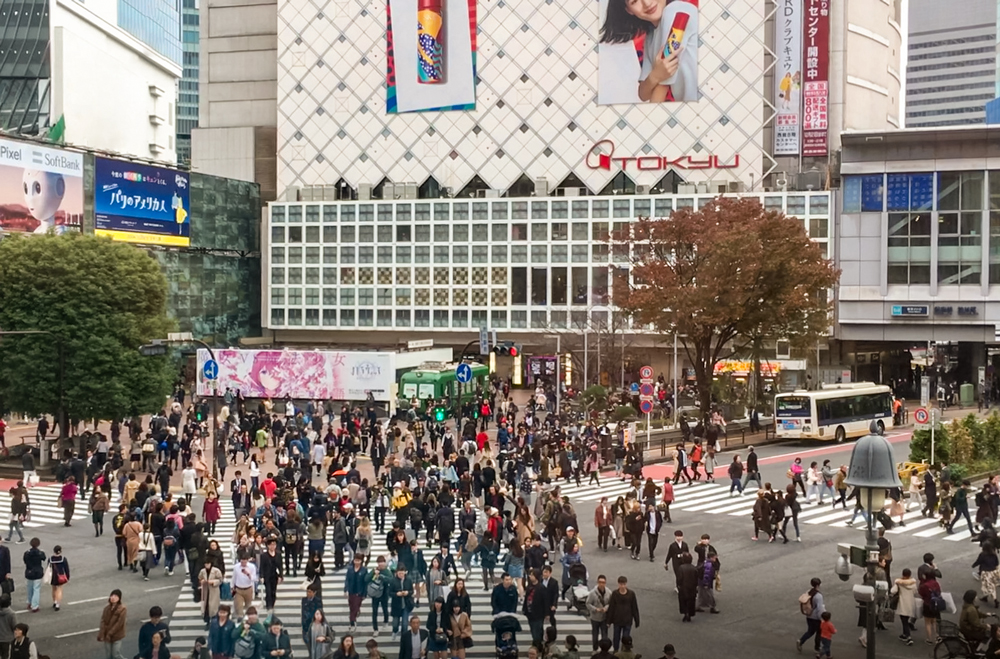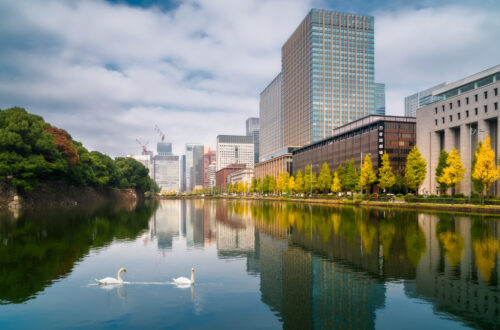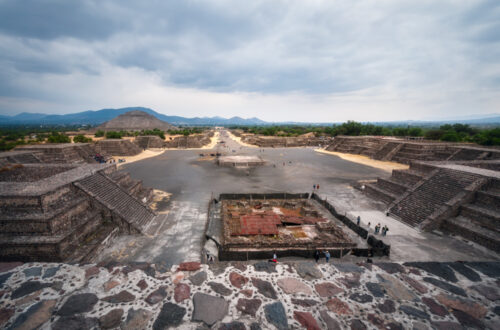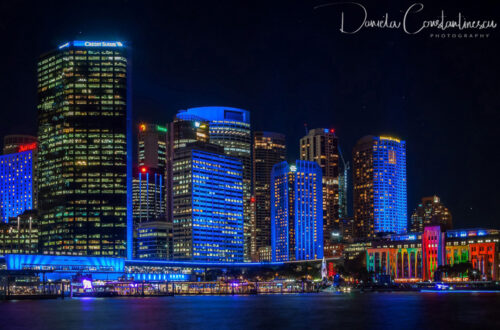
Tokyo, Japan -Twice the Olympic City
With Tokyo hosting an impressive and inspiring Olympic Games despite the challenges of the pandemic, it has been hard not to get excited about the competition. I am not a huge sports fan, but I have always watch the Olympics. Having been in lockdown here in Sydney, we have been particularly glued to watching the events and seeing the best athletes of the world coming together.
Seeing the culture and natural beauty of Japan on display has also brought back memories of our own family trip to Japan in 2018. We like to be fairly independent when we travel overseas and rarely book tours, doing so only when we don’t speak the language or when we visit very unfamiliar places.
Of course we don’t speak Japanese, but our younger son studied Japanese language and culture at university and he offered to be our guide and translator during the whole trip to Japan.
In response to the images of Tokyo during the Olympics, I asked myself: what was the most memorable thing about Japan for me personally? I was surprised to find that it was not the traditional Japanese architecture which I absolutely love, nor the great food I sampled. It was the Shinkansen, the fast train, so this will be the subject of my first blog/article about Japan. Below we filmed the Shinkansen in motion:
Why are Trains so perfect in Japan?
In any country with such a large population and challenging geography, you would naturally expect public transport to be a nightmare. Not so in Japan! Everybody knows that trains in Tokyo, and Japan generally, are high-tech, reliable, punctual and safe! 69 million passengers are transported and 229,000 trains are run every day! How do they do it?
Well, this was not always the case. The railway network used to be exceedingly complex and impossible to manage effectively.
However, in 1987 the Government successfully implemented a large scale Reform of Japanese Railways and part of that was the creation of the famous Shinkansen. This bullet train, or the ‘speed revolution’, was built on top of existing train lines.
The process started with the Nationalization of the Railway. After the system was standardised, fixed, and job loses taken care off, this was then privatised again and subdivided into a single freight railway company and six passenger railway services (JR’s), subject to the assurance that they will all work together.
Before we left for Japan we bought a JR Pass (a Japan-wide ticket aimed at tourists that can only be purchased outside Japan). This turned out to be a magnificent idea: it took care of all our travel needs between the cities that we wanted to visit: Osaka, Kyoto, Hiroshima and Tokyo. I was surprised to find that I could even travel without much trouble by myself, without needing anyone’s help or translations, after I had gotten used to it.
Here are some awesome statistics I collected for you:
10 of the busiest train stations in the world are in Japan, with many of them in Tokyo. Number one is Shinjuku with 3.6 million passengers per day. The second most popular is Shibuya. You can see Shibuya Crossing in front of the train station in the video above.
Just the Shinkansen alone transported over 10 billion passengers in 2018. An astonishing figure when it is combined with punctuality and safety: The average annual total delay of each Shinkansen is 0.2 minutes, and a total of zero passengers have been killed on board the fast train in it’s entire 25 year history of operation!
Why don’t we have a Fast Train in Australia?
As Climate Change becomes ever more apparent, it also becomes increasingly obvious that the cities designed for ‘the mighty car’, which sadly includes most modern cities nowadays, are not sustainable anymore, and that we should focus more on making public transport our priority. Also, as much as many would prefer to fly on airplanes, it is clear now that we cannot continue having thousands and thousands of airplanes in the sky at any given time. The simple answer is the old reliable train, preferable a fast one one with modern efficiency and safety standards too. (And by that I don’t mean the silly ‘underground pods’ Elon Musk style that serve no purpose…) Most countries in Europe have already implemented successfully high-speed train lines, in approximately the last 20 years. It makes it the most convenient, safest and comfortable way to travel around Europe, when we will start travelling again, of course.
So, what did Australia do in this period of time? We certainly have a substantial concentration of population on the South-East Coast, circa 15 million people, and it would make sense to have some proposals in place for a fast train line in between Brisbane-Sydney-Canberra-Melbourne. In fact, from 1984 onward, we have had six or seven… feasibility studies costing us approx. 140 million dollars…none of which have led to any sort of action. As an architect, I can appreciate the importance of feasibility studies. However, this looks to me like a wasted opportunity. It never went further into a more detailed version of the project. With this money, we could have built or started to build, at least one section of the high speed railway if we really wanted to.
If we will ever start such a project in Australia, we should also take in consideration our own environmental concerns, the wild fire and maybe even take in consideration wildlife corridors and overpasses for wildlife like they do in Canada. I don’t understand why we don’t have overpasses in place for our highways at the moment either? In Germany they also have tunnels and underpasses for wildlife.
Perhaps, one day, we will learn a little something from Japan.





